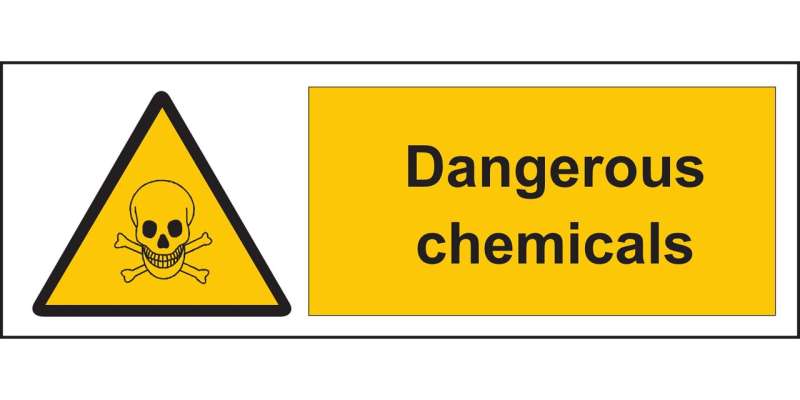Hazardous chemicals knowledge graph, an improved model for risk assessment

An improved model for extracting risk information about hazardous chemicals from a database is reported in the International Journal of Reasoning-based Intelligent Systems.
Guanlin Chen, Qiao Hu, and Bangjie Zhu of Zhejiang University City College, Qi Lu of China National Air Separation Engineering Co., Ltd, and Kaimin Li of City Cloud Technology (China) Co., Ltd all in Hangzhou, China, are developing a model that combines word features and character features and encodes them using a bidirectional label distribution transfer model and a self-attention mechanism. The resulting knowledge graph can then provide a timely risk assessment based on inventory information in a warehouse for instance.
This knowledge graph can be coupled with the output from sensors to underpin a management system to ensure that chemicals are being stored appropriately and handled safely in such an environment. Indeed, the same system will be applicable across the whole of hazard chemical logistics—transportation, storage, handling, and delivery.
The team suggests that the system could handle 100 million pieces of map data and reveal what we might call contraindications where two or more chemicals should not be stored in close proximity because of their reactions, for instance. All of this would allow facile risk assessment and reduce the number of accidents that could threaten life, property, and the environment.
More information: Bangjie Zhu et al, A Hazardous Chemical Knowledge Base Construction Method Based on Knowledge Graph, International Journal of Reasoning-based Intelligent Systems (2022). DOI: 10.1504/IJRIS.2023.10050218
Provided by Inderscience





















